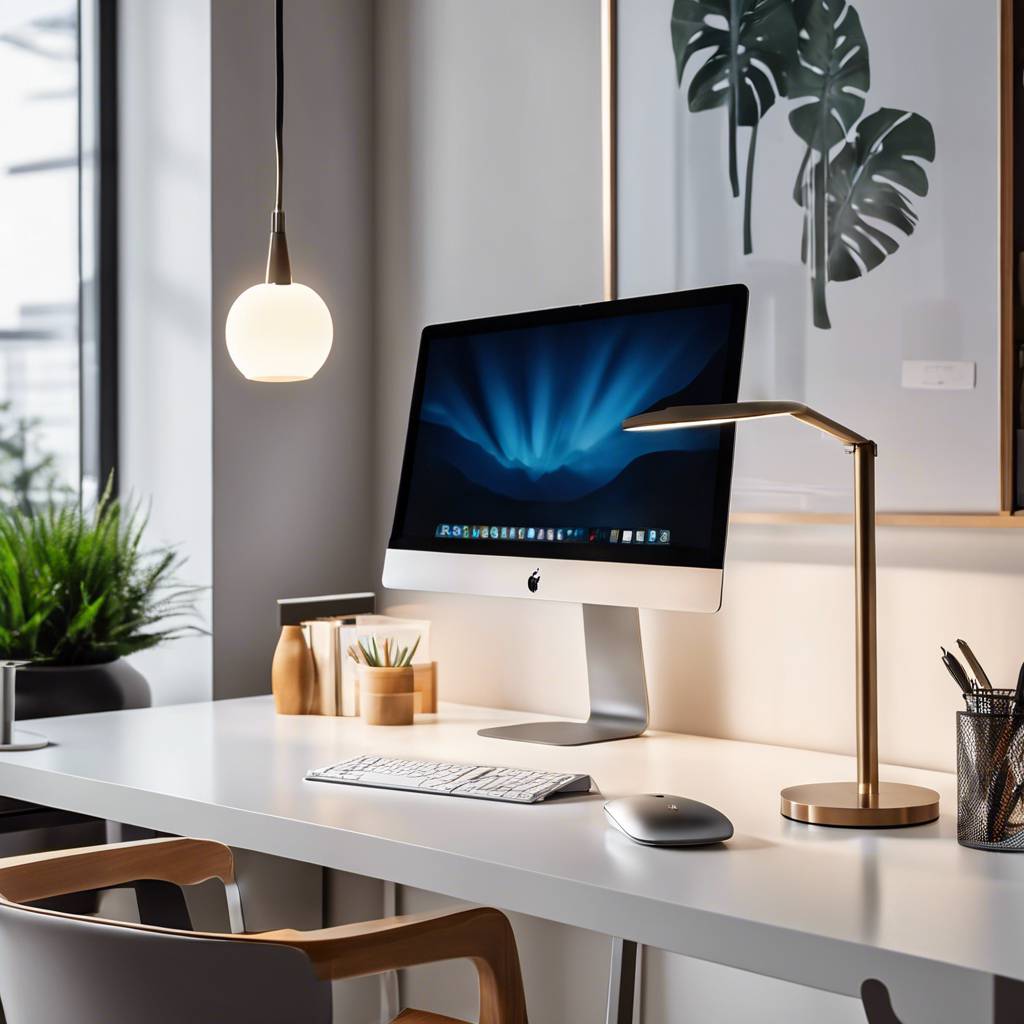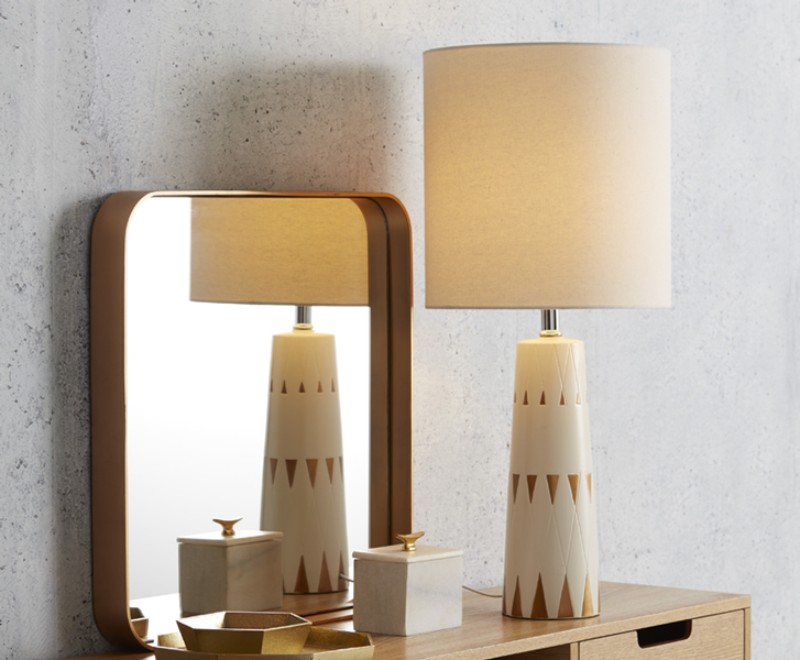“Illuminate Your Living Room: A Comprehensive Guide to Choosing the Perfect Table Lamp
Artikel Terkait Illuminate Your Living Room: A Comprehensive Guide to Choosing the Perfect Table Lamp
- Pampas Grass: Bringing Bohemian Elegance And Natural Texture To Your Home
- Crafting A Dreamscape: A Comprehensive Guide To Baby Nursery Decor
- Level Up Your Space: Creating A Teen Room That Reflects You
- Transforming Your Home: Embracing Zero Waste Home Decor
- Stylish Storage: Bridging Function And Flair In Your Home
Table of Content
Video tentang Illuminate Your Living Room: A Comprehensive Guide to Choosing the Perfect Table Lamp
Illuminate Your Living Room: A Comprehensive Guide to Choosing the Perfect Table Lamp

The living room, often the heart of the home, is a space where we relax, entertain, and connect with loved ones. Lighting plays a crucial role in setting the mood and functionality of this vital area. While overhead lighting provides general illumination, table lamps offer a more nuanced and versatile approach, adding both ambient and task lighting while enhancing the overall aesthetic.
Choosing the right table lamp for your living room can feel overwhelming, given the sheer variety of styles, sizes, materials, and functionalities available. This comprehensive guide will delve into the key considerations, helping you navigate the options and select the perfect table lamp(s) to illuminate and elevate your living room.
Understanding the Importance of Table Lamps in the Living Room:
Before diving into specifics, let’s appreciate the significance of table lamps in a living room setting:
- Layered Lighting: Table lamps contribute to a layered lighting scheme, combining with overhead fixtures and floor lamps to create a balanced and visually appealing environment. This layered approach avoids harsh, single-source lighting, reducing eye strain and creating a more welcoming atmosphere.
- Ambient Lighting: Table lamps with diffused shades emit a soft, warm glow, contributing significantly to ambient lighting. This gentle illumination creates a relaxing and comfortable atmosphere, perfect for unwinding after a long day or hosting intimate gatherings.
- Task Lighting: Strategically placed table lamps can provide focused light for specific tasks like reading, writing, or crafting. These lamps often feature adjustable arms or shades, allowing you to direct the light precisely where you need it.
- Aesthetic Enhancement: Beyond their functional benefits, table lamps serve as decorative accents, adding personality and style to your living room. They can complement your existing décor, introduce new textures and colors, and become focal points in their own right.
- Mood Setting: The color temperature and intensity of light emitted by a table lamp can significantly impact the mood of your living room. Warmer tones create a cozy and inviting atmosphere, while cooler tones offer a more energizing and focused environment.

Key Considerations When Choosing a Table Lamp:
Now that we understand the importance of table lamps, let’s explore the key factors to consider when making your selection:
1. Functionality:
- Purpose: What will the lamp primarily be used for? Reading, ambient lighting, or decorative accent? This will dictate the type of lamp, its brightness, and features like adjustable arms.
- Placement: Where will the lamp be placed? On a side table, console table, or desk? Consider the available space and the height of the surrounding furniture.
- Light Output: How much light do you need? Think about the size of the room, the existing lighting, and the desired level of brightness. Look for lamps with adjustable brightness settings or consider using dimmable bulbs.
- Adjustability: Do you need adjustable arms or shades to direct the light? This is particularly important for task lighting.
- Switch Location: Consider the location of the switch. Is it easily accessible? Some lamps have touch-sensitive bases or remote controls for added convenience.

:max_bytes(150000):strip_icc()/living-room-area-rugs-1977221-e10e92b074244eb38400fecb3a77516c.png)
2. Style and Design:
- Overall Aesthetic: Does the lamp complement your existing décor? Consider the style of your furniture, the color palette, and the overall ambiance you want to create.
- Lamp Base Material: Choose a material that complements your style. Options include:
- Ceramic: Offers a wide range of colors, patterns, and textures, from classic to contemporary.
- Metal: Provides a sleek and modern look, available in various finishes like chrome, brass, and brushed nickel.
- Wood: Adds warmth and natural texture, suitable for rustic, traditional, or Scandinavian-inspired spaces.
- Glass: Creates a light and airy feel, available in clear, frosted, or colored varieties.
- Resin: Offers versatility in design and can mimic the look of other materials.
- Lamp Shade Material: The shade material significantly impacts the light quality and aesthetic. Consider these options:
- Fabric: Provides a soft and diffused light, available in various textures and colors. Linen, cotton, and silk are popular choices.
- Paper: Offers a clean and modern look, often used in minimalist designs.
- Glass: Can be clear, frosted, or colored, offering different levels of light diffusion.
- Metal: Provides a more focused and direct light, often used in industrial or modern designs.
- Shape and Size: The shape and size of the lamp should be proportionate to the surrounding furniture and the overall space. Tall, slender lamps work well on narrow tables, while shorter, wider lamps are better suited for larger surfaces.
3. Size and Proportion:
- Lamp Height: The height of the lamp should be proportionate to the height of the table it sits on. The bottom of the shade should be at eye level when you are seated nearby. This prevents glare and ensures comfortable lighting.
- Shade Size: The shade should be wider than the base and should cover the bulb completely. A general rule of thumb is that the shade should be about two-thirds the height of the base.
- Overall Proportion: Consider the overall proportion of the lamp in relation to the surrounding furniture and the room as a whole. A lamp that is too large or too small will look out of place.
4. Light Source:
- Bulb Type: Different bulb types offer varying levels of brightness, color temperature, and energy efficiency. Consider these options:
- Incandescent: Traditional bulbs that produce a warm, yellowish light. They are less energy-efficient than other options.
- Halogen: Brighter and more energy-efficient than incandescent bulbs, but they also generate more heat.
- LED: Highly energy-efficient and long-lasting, available in a wide range of color temperatures and brightness levels.
- CFL: More energy-efficient than incandescent bulbs but contain mercury and require proper disposal.
- Color Temperature: Color temperature is measured in Kelvin (K) and refers to the warmth or coolness of the light.
- Warm White (2700-3000K): Creates a cozy and inviting atmosphere, ideal for living rooms.
- Cool White (3500-4100K): Provides a more energizing and focused light, suitable for task lighting.
- Daylight (5000-6500K): Mimics natural daylight, best for areas where accurate color rendering is important.
- Brightness: Brightness is measured in lumens. The higher the lumen rating, the brighter the light. Choose a brightness level that is appropriate for the intended use of the lamp.
5. Budget:
- Set a Budget: Determine how much you are willing to spend on a table lamp before you start shopping. Prices can range from affordable to high-end, depending on the materials, design, and brand.
- Compare Prices: Shop around and compare prices from different retailers to find the best deal.
- Consider Quality: While staying within your budget, prioritize quality over price. A well-made lamp will last longer and provide better performance.
Placement Strategies for Table Lamps in the Living Room:
Strategic placement of table lamps is crucial for achieving optimal lighting and enhancing the overall aesthetic of your living room. Here are some effective placement strategies:
- Side Tables: Place table lamps on side tables next to sofas or armchairs to provide task lighting for reading or ambient lighting for relaxation.
- Console Tables: Use table lamps on console tables to add visual interest and illuminate decorative objects.
- Entryway Tables: A table lamp on an entryway table creates a welcoming and inviting atmosphere.
- Bookshelves: Incorporate table lamps into bookshelves to highlight your favorite books and create a cozy reading nook.
- Corners: Placing a table lamp in a corner can brighten up a dark space and add depth to the room.
- Paired Placement: Using matching table lamps on either side of a sofa or bed creates a sense of symmetry and balance.
Examples of Table Lamp Styles for Different Living Room Aesthetics:
- Modern: Sleek and minimalist designs with metal or glass bases and geometric shapes.
- Traditional: Classic designs with ceramic or wood bases and fabric shades in neutral colors.
- Rustic: Natural materials like wood and stone, with warm and earthy tones.
- Bohemian: Eclectic and colorful designs with unique patterns and textures.
- Industrial: Metal bases with exposed bulbs or cage-like shades, often featuring a vintage aesthetic.
- Scandinavian: Simple and functional designs with light wood bases and clean lines.
FAQ About Living Room Table Lamps:
Q: How tall should a table lamp be for a living room?
A: The ideal height depends on the table it sits on. The bottom of the shade should be at eye level when seated nearby, typically between 58-64 inches from the floor.
Q: What type of bulb is best for a living room table lamp?
A: LED bulbs are generally recommended for their energy efficiency, long lifespan, and wide range of color temperatures. Choose a warm white (2700-3000K) for a cozy atmosphere.
Q: How do I choose the right size shade for a table lamp?
A: The shade should be wider than the base and cover the bulb completely. A good rule of thumb is that the shade should be about two-thirds the height of the base.
Q: Can I mix and match table lamp styles in my living room?
A: Yes, you can! Mixing and matching can add personality and visual interest. However, ensure there is a cohesive element, such as a shared color palette or material.
Q: Where should I place table lamps in my living room?
A: Place them on side tables, console tables, entryways, bookshelves, and corners to provide ambient and task lighting.
Q: How many table lamps should I have in my living room?
A: The number depends on the size of your room and your lighting needs. Aim for a layered lighting scheme with a combination of overhead, floor, and table lamps.
Q: What is the best wattage for a living room table lamp?
A: This depends on the bulb type. For LED bulbs, a wattage equivalent to 60-75 watts incandescent is usually sufficient for general lighting.
Q: How do I clean a table lamp?
A: Dust the base and shade regularly with a soft cloth. For fabric shades, use a lint roller or vacuum cleaner with a brush attachment.
Q: Can I use a dimmer switch with a table lamp?
A: Yes, if the lamp and bulb are compatible with dimmer switches. LED bulbs labeled as "dimmable" are required.
Q: What are some trendy table lamp styles for 2024?
A: Popular trends include sculptural lamps, natural materials like rattan and wood, and lamps with integrated USB ports or wireless charging.
Conclusion:
Choosing the perfect table lamps for your living room involves careful consideration of functionality, style, size, and light source. By understanding these key factors and applying the placement strategies outlined in this guide, you can create a well-lit and aesthetically pleasing living space that reflects your personal style and enhances your everyday life. Don’t be afraid to experiment with different styles and placements to find what works best for you. With the right table lamps, you can transform your living room into a warm, inviting, and functional haven.
